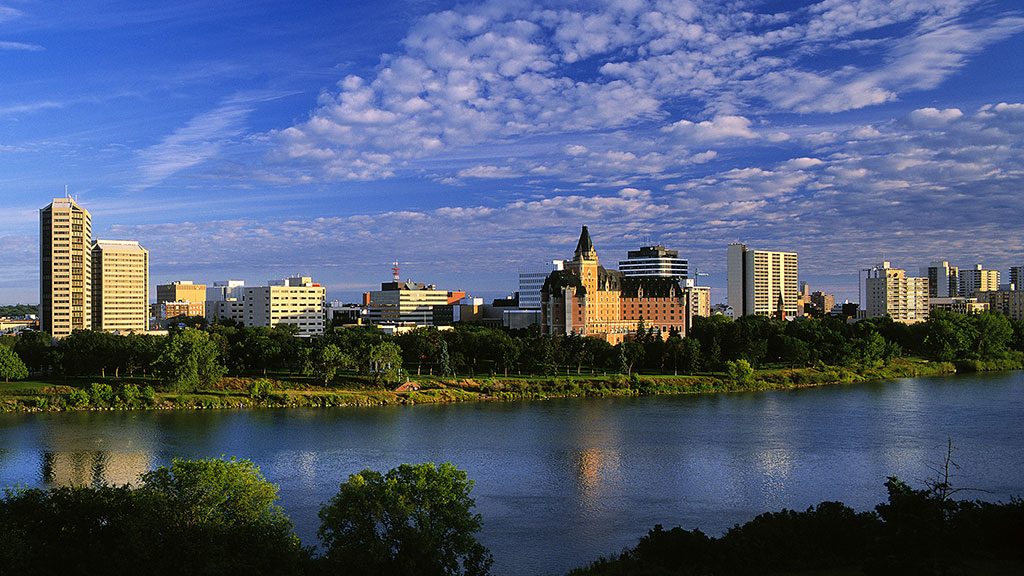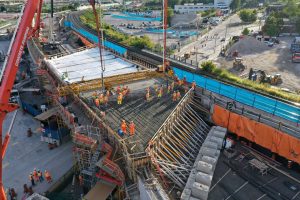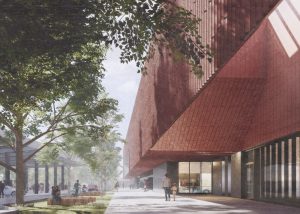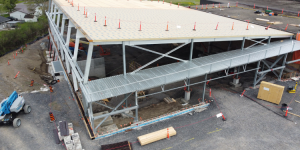After posting GDP gains of 2.2% in 2017 and 1.5% in 2018, midway through 2019, with a few exceptions, most of Saskatchewan’s key economic indicators are signaling slower growth in 2019.
Turning first to exports, the total value of the Wheat province’s foreign sales are down by 1% following back-to-back gains of 5.8% and 9.5% in 2017 and 2018 respectively.
This slowdown is largely due to weaker sales of petroleum to the U.S. and rape seeds to China. The weakness of these two products has more than offset solid gains in exports of potassium chloride (fertilizer), the province’s second largest foreign exchange earner.
Going forward, sustained international demand for fertilizer should underpin sales of potassium chloride over the long term. Also, the recent uptrend in crude petroleum prices brightens the outlook for Saskatchewan’s petroleum exports as does evidence that there is excess pipeline capacity for the province’s oil producers. However, the recent deterioration in Canada-China trade relations appears likely to depress Saskatchewan’s canola exports through the remainder of this year and possibly beyond.
The latest Statistics Canada Survey of Capital Spending (CAPEX), suggests that capital spending in Saskatchewan is not likely to add much to growth in 2019. Following a drop of 2% in 2018, the survey indicated that spending will contract by a further 3.6% in 2019 largely on account of an 11% decline in public sector expenditures and an accompanying 1% retreat in private sector spending.
However, a number of major projects are underway or on the drawing board which should boost spending in 2020 and into 2021. First, the construction of phase one of BHP’s Jansen Potash Mine is projected to extend to 2023 with an estimated cost of $5.3 to $5.7 billion. The company has indicated that the project can accommodate another three phases, the construction of which would extend well into the middle of the next decade. Reinforcing the province’s commitment to “green” energy, Algonquin Energy plans to proceed with its Blue Hill Wind Farm with an estimated cost of $3 to $4 hundred million and planned completion date of mid-2021.
Despite the headwinds caused by weak exports and lackluster capital spending, Saskatchewan’s labour market has made significant headway over the past twelve months due to gains in manufacturing, professional services, health and education services and accommodation services. Moreover, virtually all jobs added were full time and the majority were in the private sector. Reflecting this steady growth in hiring, Saskatchewan’s unemployment rate hit 5.2% in May, a 39-month low.
Given the prolonged slowdown in housing demand which saw the inventory of unsold units hit a 13-year high in December of last year, it is not surprising that housing starts in Saskatchewan are off by 23% year to date. The major contributor to this decline is a 41% drop in starts of single-family units, followed by semi-detached (-60%) and row units (-22%).
Despite the fact that Saskatchewan’s vacancy rate stood at 8.3% in October 2018, just slightly below the 28-year high of 8.8% it reached a year earlier, starts of multiple units are up by 30%. Fuelled by the improving employment picture and very affordable housing costs, there are signs that housing demand in both Saskatoon and Regina is picking up.
Year-to-date sales in the province have improved, although the significant inventory of unsold new and existing units should continue to depress new construction into next year. In light of the recent pickup in demand and with the inventory of dwelling units at a 12-year low, we expect new construction to pick-up late in the second half of this year and into 2020.
Weighed down by weak year-to-date housing starts, we expect starts for 2019 as a whole to total in the range of 2,500 to 2,900 units and by 4,500 to 5,100 in 2020 compared to 3,600 in 2018.
Heading into 2020, the outlook for the Saskatchewan economy is heavily overshadowed by uncertainty regarding the resolution of China-Canada trade difficulties. However, there are a number of forward-looking indicators that are pointing higher.
First, the Canadian Federation of Independent Business’ (CFIB) Business Barometer jumped by 5 points in June to a three-month high of 54.5. Further, the increase in CFIB’S Help Wanted Index suggests that the above-noted gradual uptrend in hiring in the province will continue in the near term, at least. Finally, the recent announcement that the U.S. and China have agreed to restart trade talks should give a much-needed boost to the confidence of exporters in the province and across the country.
John Clinkard has over 35 years’ experience as an economist in international, national and regional research and analysis with leading financial institutions and media outlets in Canada.
Real* Gross Domestic Product (GDP) Growth — Saskatchewan vs Canada

* “Real” is after adjustment for inflation.
Data Sources: Actuals — Statistics Canada; Forecasts — CanaData.
Chart: ConstructConnect — CanaData.











Recent Comments